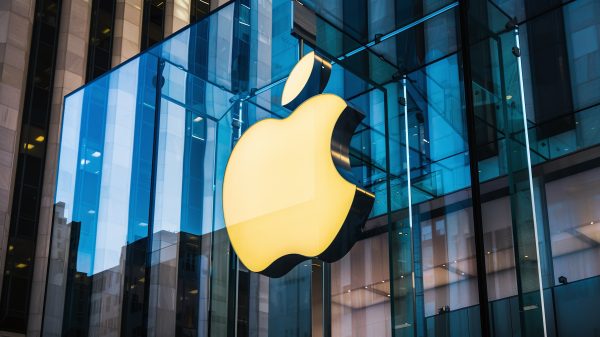The United States and China are waging a silent war for global economic and technological dominance. This time, the conflict does not appear in tariffs or subsidies, but in a more symbolic and strategic field: attracting international talent. While the Trump administration has imposed a $100,000 fee on new H‑1B visa applications, China is launching its new K visa, with conditions designed to attract young professionals in science, technology, and innovation.
These decisions not only reflect opposing views on skilled migration, but also signal a shift in global competition: whether to close or open borders to human capital.
China opens the game with its K visa
Starting October 1, China will implement its new K visa category, aimed at young professionals with experience in STEM sectors, research, or entrepreneurship. The new scheme allows longer stays, professional participation without a local sponsor, and multiple entries into the country.
In a context of growing global protectionism, China’s strategy is not isolated. It seeks to consolidate its innovation ecosystem by offering better conditions to those who previously aimed for the United States. This measure can be seen as a continuation of previous policies, such as the Thousand Talents Plan, and is part of a broader movement to attract researchers, scientists, and high-level technical professionals, especially in strategic areas like artificial intelligence and biotechnology.
Trump imposes new barriers on foreign talent
In contrast, the new decree signed by Trump imposes a $100,000 fee on H‑1B visa applications from abroad. This category, essential for U.S. tech companies and universities, becomes much less accessible. While it does not affect current holders, the measure has raised legal questions and concerns about potential negative impacts on U.S. technological competitiveness.
Previous episodes of this trade-focused approach under Trump had already shown stricter stances. But now the focus is not only commercial; it affects the country’s ability to attract intellectual and skilled labor. The implications could extend beyond technology, impacting academic research and corporate innovation.
Talent as the new geopolitical currency
While Washington closes access, Beijing offers an alternative. This dichotomy is significant. Attracting talent has become an indicator of global leadership. In this sense, the current case echoes how brain drain to the U.S. fueled Silicon Valley’s rise; now, China aims to reverse the flow.
Recent reports indicate that more researchers and professionals trained in the U.S. are choosing to return to Asia or move to more favorable environments. Political tensions, migration restrictions, and legal uncertainty are prompting some talent to reconsider their options.
Consequences for companies and professionals
For entrepreneurs, startups, and tech companies, these geopolitical dynamics require adaptation. Hiring foreign talent becomes more expensive and less predictable in the U.S., while alternatives such as China gain attractiveness, especially for those in technology or applied research sectors.
This shift could also redraw maps of investment, collaboration, and international expansion. Companies that navigate this new environment successfully will retain their capacity for innovation. In such contexts, rethinking internationalization strategies or the location of development centers can make a decisive difference, as shown by analyses of how migration policies impact scientific talent flows.
Additionally, these conditions highlight the importance of adaptable strategic planning, considering not only financing but also the mobility of knowledge as a key resource.
A silent but decisive battlefield
The confrontation between China and the United States is no longer fought only in markets. Talent has become the new strategic resource: scarce, coveted, and decisive. Whoever manages to attract and retain it will be in a stronger position to lead the technological future.
China is betting on opening doors, the U.S. on restricting them. In the knowledge economy, this choice could have consequences deeper than any trade barrier.



























